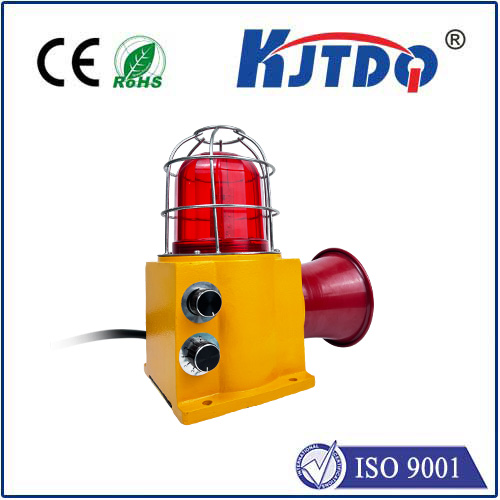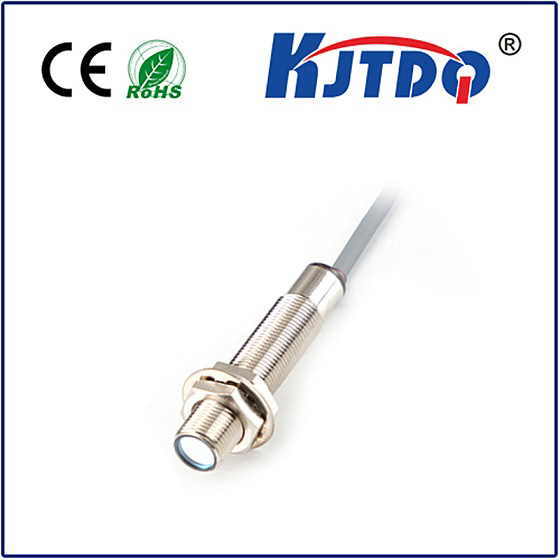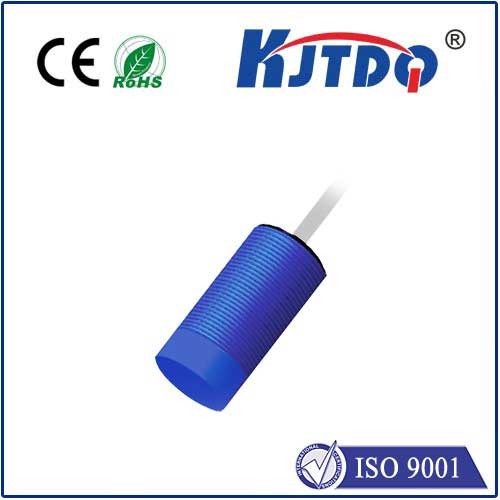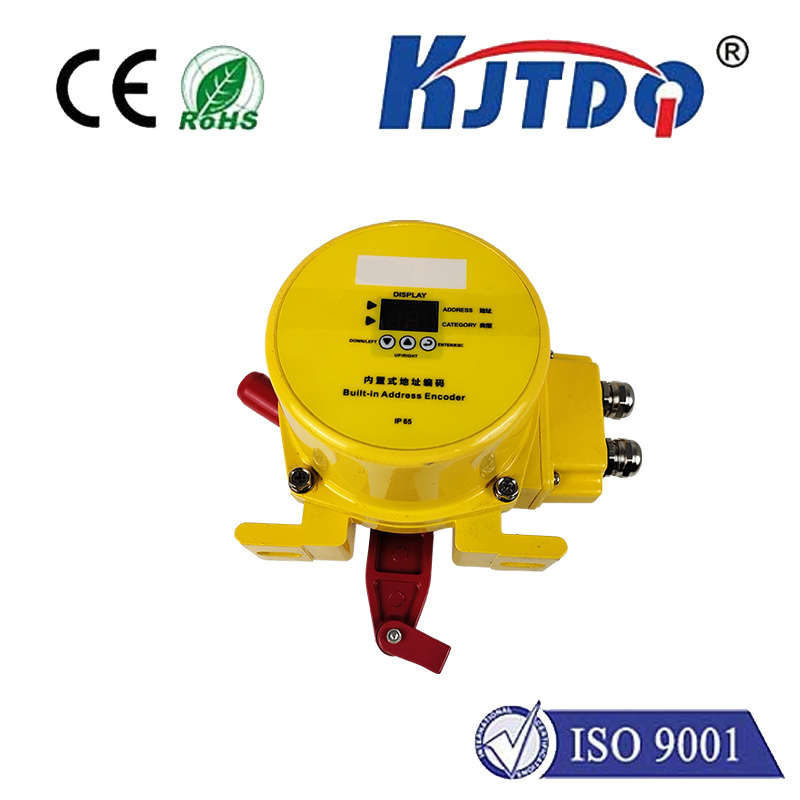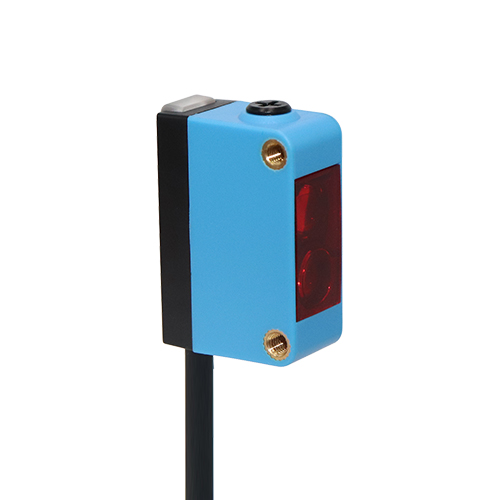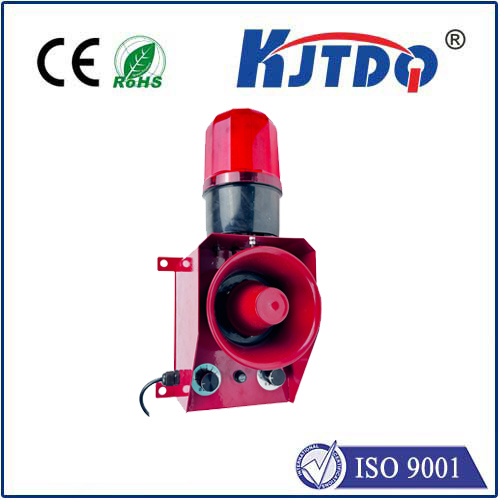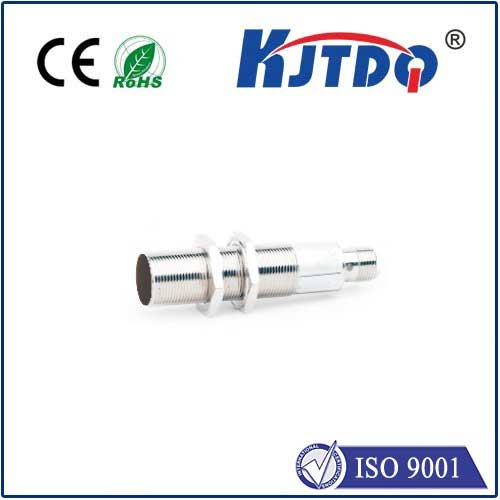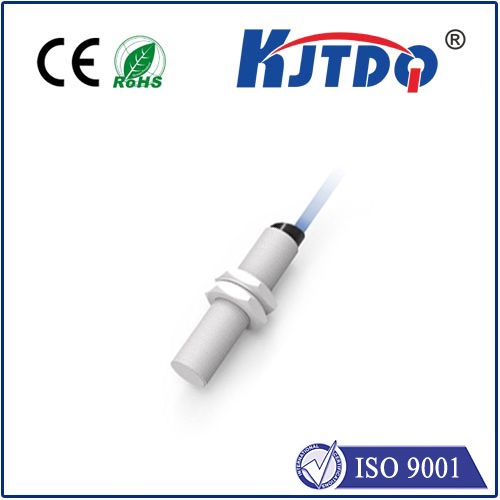
check

check

check

check
In the rapidly evolving world of automation and technology, photoelectric sensors play an essential role in ensuring efficiency and accuracy. Among these, the E3FA-RP21-F2 photoelectric sensor stands out as a versatile and reliable option for various industrial applications. This guide aims to provide a detailed understanding of this sensor, its features, applications, and benefits.
The E3FA-RP21-F2 photoelectric sensor comes packed with several features that make it a preferred choice among engineers and technicians. Its compact design allows easy integration into machinery without taking up much space. The sensor operates on a reliable reflective mode, making it ideal for detecting various objects regardless of their color or surface texture. Additionally, it features high sensitivity, which ensures precise detection and reduces false positives or negatives.

Due to its robust build and versatile functionality, the E3FA-RP21-F2 photoelectric sensor is widely used across numerous industries. In manufacturing, it is employed for quality control purposes, ensuring that products meet specified standards before packaging. In the automotive industry, it aids in the assembly line by detecting parts and components accurately. The food and beverage sector also benefits from this sensor, using it to monitor fill levels in bottles or containers, ensuring consistent product quality.
One of the primary benefits of the E3FA-RP21-F2 photoelectric sensor is its cost-effectiveness. Despite offering advanced functionalities, it remains affordable, making it accessible for businesses of all sizes. Another advantage is its ease of installation. With simple mounting options and plug-and-play compatibility, users can quickly integrate it into existing systems. Additionally, its low maintenance requirements ensure prolonged operational life, reducing downtime and associated costs.
While the E3FA-RP21-F2 sensor is designed for durability and reliability, some common issues may arise during its use. One frequent problem is misalignment, which can lead to detection errors. To address this, ensure that the sensor is correctly aligned with the target object. Another issue could be dirt or debris accumulation on the sensor lens, affecting its sensitivity. Regular cleaning and maintenance can prevent such problems. If the sensor still malfunctions, consulting the manufacturer’s guidelines or seeking professional assistance is advisable.
The E3FA-RP21-F2 photoelectric sensor proves to be an invaluable tool in modern industry, offering precision, reliability, and affordability. By understanding its key features, applications, benefits, and troubleshooting tips, users can maximize its potential and enhance their operational efficiency. As technology continues to advance, investing in such high-quality sensors will undoubtedly remain a smart decision for any forward-thinking business.

